
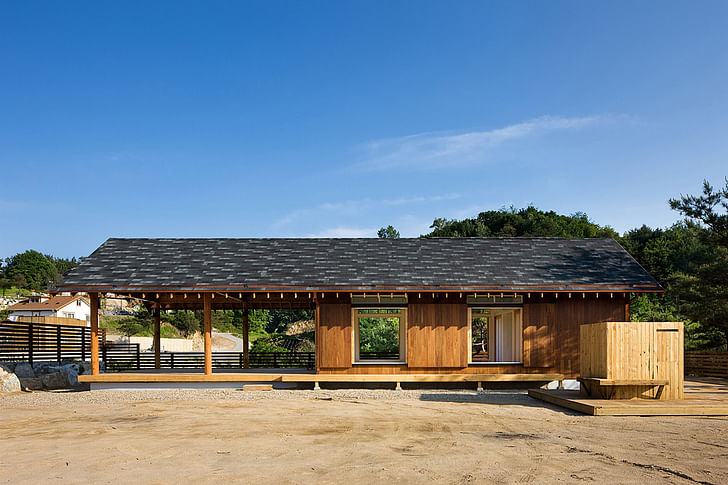
ShowCase is an on-going feature series on Archinect, presenting exciting new work from designers representing all creative fields and all geographies.
We are always accepting nominations for upcoming ShowCase features - if you would like to suggest a project, please send us a message.
Project description provided by the architects (Hyungnam Lim, Eunjoo Roh + studio_GAON).
The house sits on a hill facing Mount Jinaksan on the outskirts of Geumsan county in the South Korean province of Chungcheongnam-do. To the south, stand houses on rolling hills; to the north towers Jinaksan, which frames a lake in the distance. The wind escapes from the valley and blows across the land, passing through the hills.

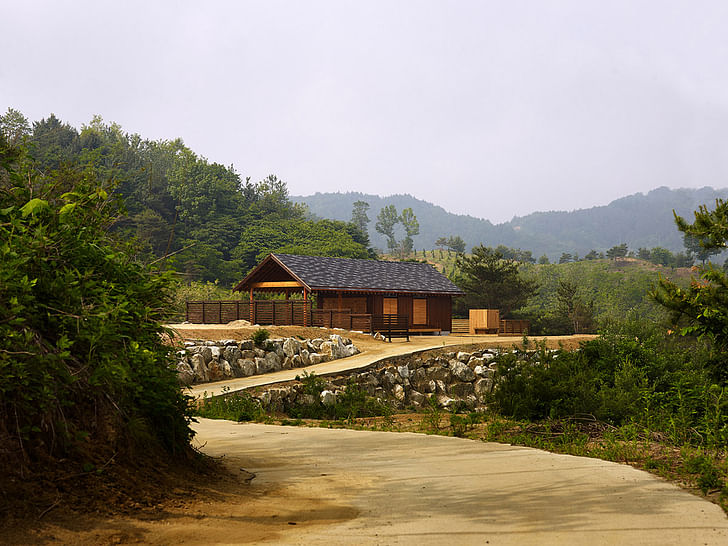
From the semi-open space of 26 square meters in this simple house of 43 square meters, the mountains seem close enough to touch, and a simple path winds its way below as part of an unobstructed view of a majestic landscape. Clearing the land at the front of the house, we’ve formed a garden and created showers and a deck for outdoor entertainment. This house is designed for its owner, his books, his students, and his fellow teachers, and it is designed to simultaneously reflect Western wooden structure and embrace the space of Korean traditional architecture.

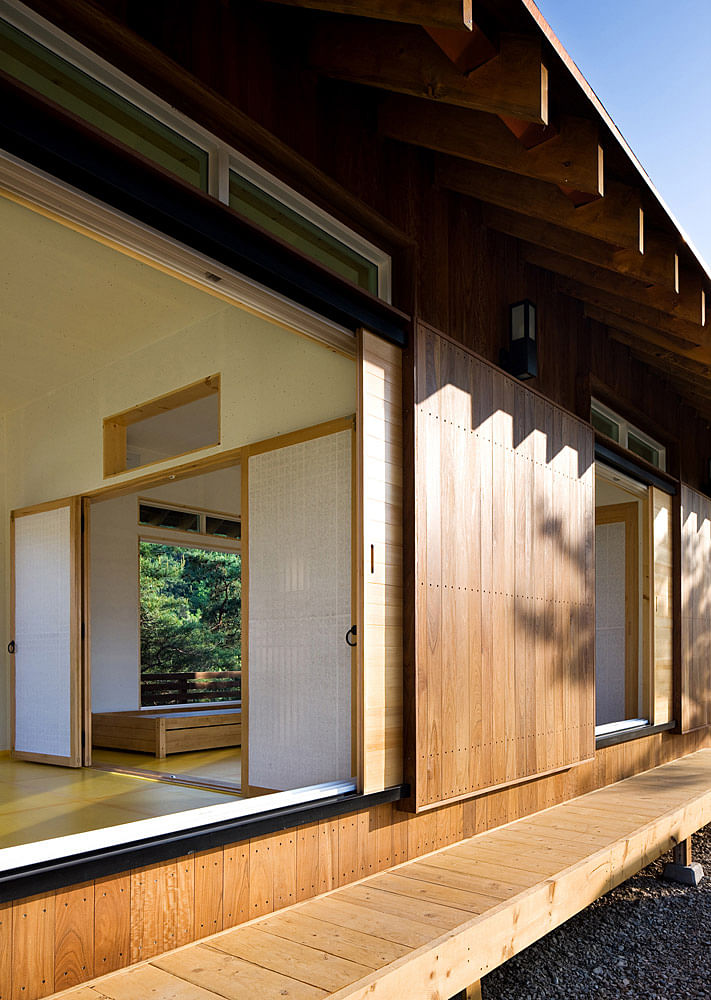
In the twenty-some years since we’ve worked in architecture, we have struggled to understand the essence of Korean architecture. The element of Korean architecture that distinguishes it from Japanese or Chinese architecture is, without a doubt, the fact that, in Korean architecture, space moves and flows; that is, a space in Korean architecture is not one frozen frame, but rather, different spaces that interact and change. The rooms of this house follow that flow with ease, and both light and wind leave traces of their presence.
The land on which this house now stands brought to mind a house called Do-San Seodang, which belonged to a philosopher of the 15th century by the name of Yi Hwang, and so we suggested a house of a style that reflected his to the clients. Although Do-San Seodang is small, simple, and linear, its design is conceptually rich. Yi Hwang embraced a theory called Gyung(敬), which called for humility in oneself and respect for others, as well as a simple, practical, and rational lifestyle. Do-San Seodang is Yi Hwang as the present, the books that formed and supported him as the past, and the students that carry on his teachings as the future. And it is beautiful.
A small and simple house that holds the universe… Just hearing these words makes my heart race. The house we dream of is not one that is large or grand enough to be seen from the moon; rather, it is one full of intent. Do-San Seodang is a creation that we as architects dream of and aspire to emulate.
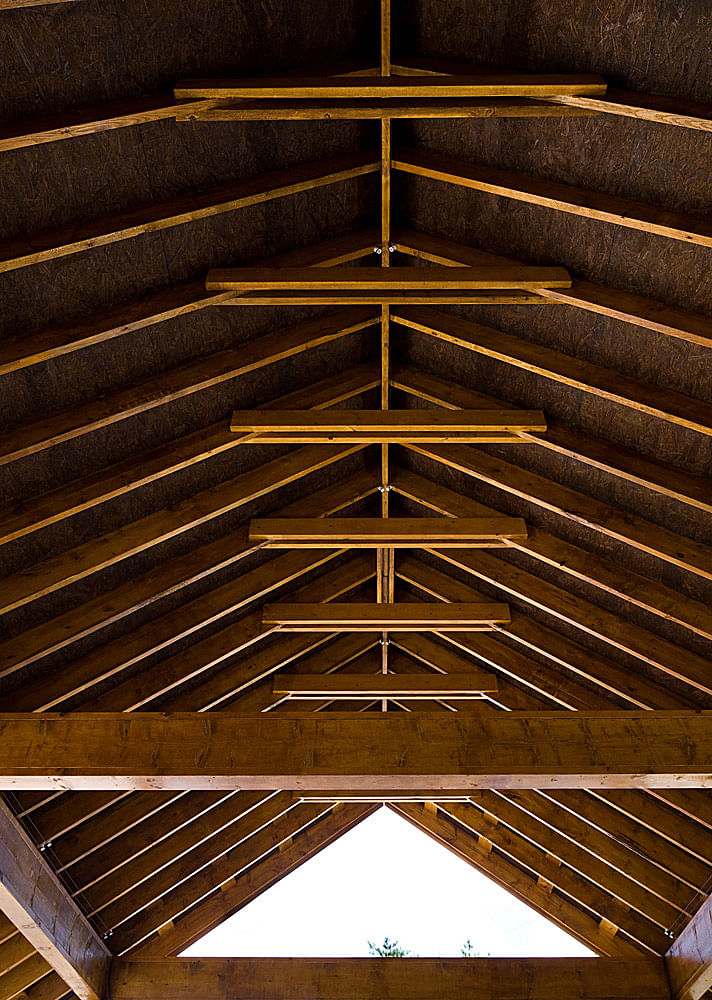
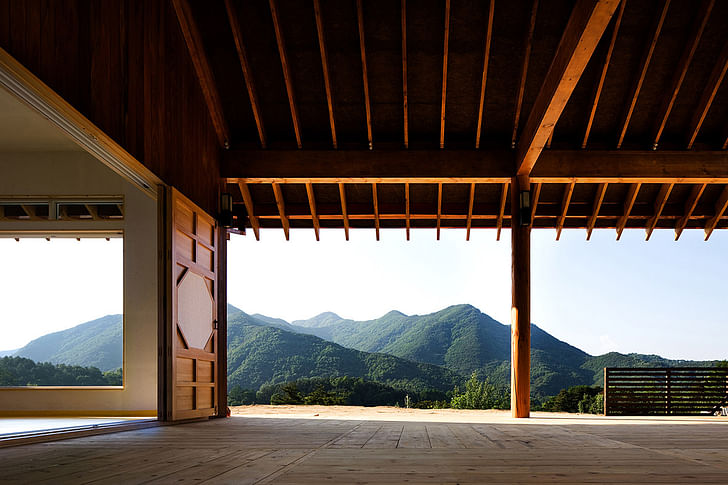

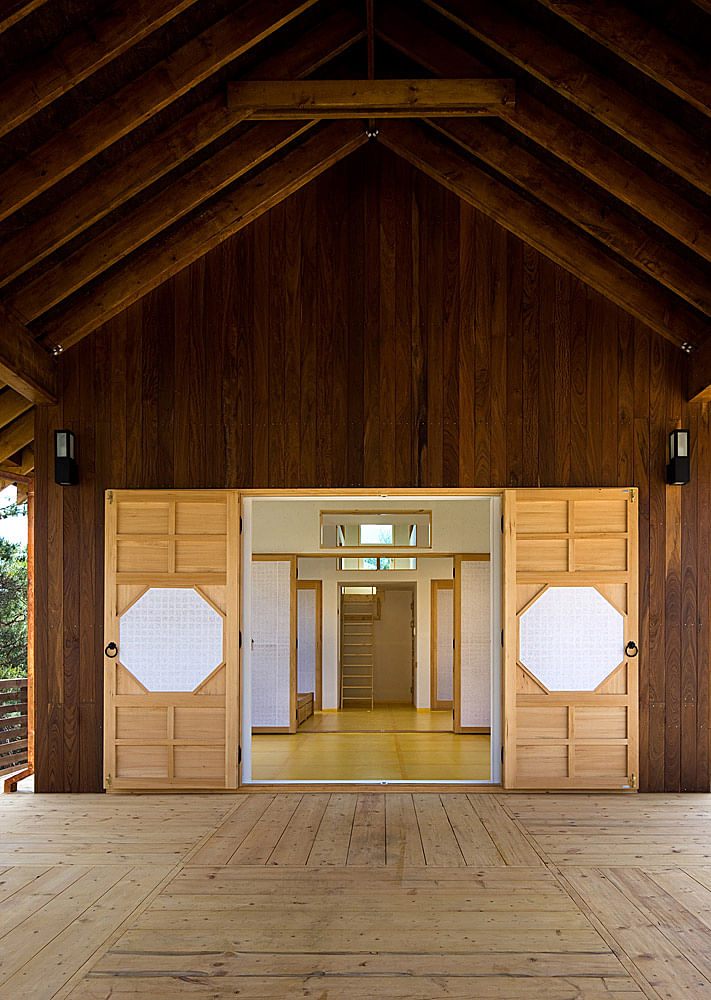


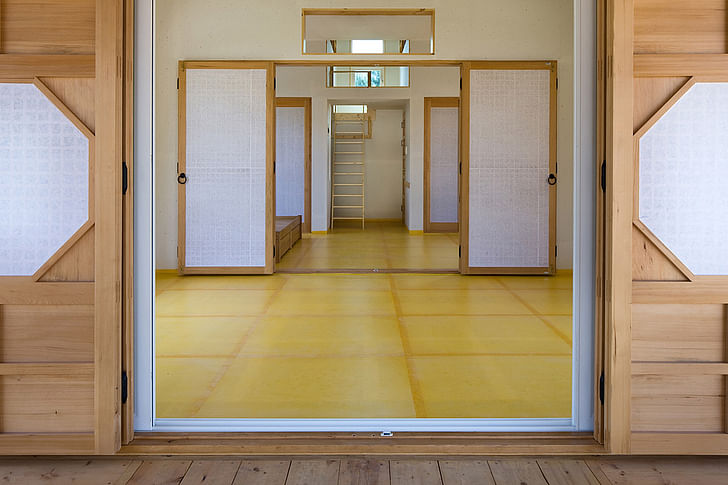
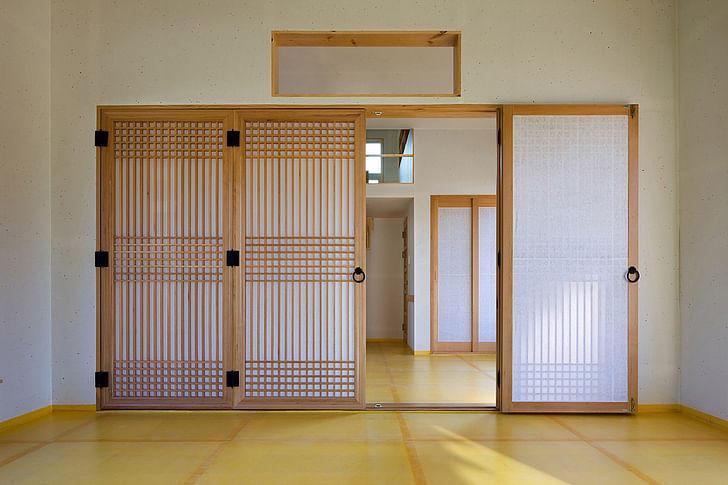
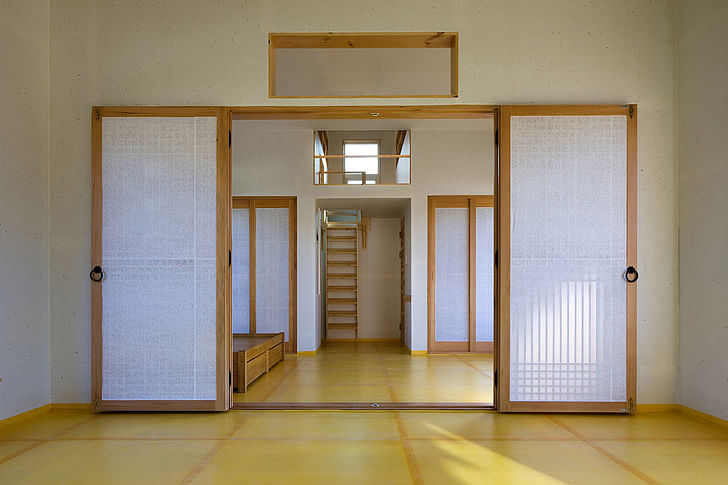

Most of us obsess over owning a house, and we obsess over the size of that house. Modern-day houses have grown larger and larger, and their occupants, too, are accumulating more and more material wealth, reducing available space and forcing expansion. People typically are born into small bodies and return to an even smaller final resting place. Why, then, do we desire houses that are too big for us? Our possessions swell to an unnecessary magnitude, and in the end we are burdened by their weight. We are neither kings nor gods, nor are we aliens. Like clothing that does not fit, houses that do not fit their owners appear unnatural. Where do we draw the line between too small and too large? People believe that if their houses grow as their life progresses, they have achieved success. An extravagant house, however, does not guarantee happiness or satisfaction.
The client desired a small and simple house in which he could spend his remaining years with his wife, and the arrangement of the bedroom and guest room, a minimal kitchen and bathroom, and the attic-turned-study in this house strongly resembles the layout of Do-San Seodang. Coincidentally, he parallels Yi Hwang not only in that he is a scholar, but also in that he is now the same age as the philosopher was when he began to build his Do-San Seodang. This house is the past and the present and the future, and it will become a space that exists in harmony with both nature and the client’s students.


Architect: Hyungnam Lim, Eunjoo Roh + studio_GAON
Project Team: Minjung Choi, Sangwoo Yi
Photographs: Youngchea Park
Location: 136-23, Seokdong-ri, Nami-myeon, Geumsan-gun, Chungcheongnam-do, Korea
Program: House
Site Area: 867㎡
Building Area: 75.6㎡
Gross Floor Area: 75.6㎡
Building Scope: 1F
Building-to-Land Ratio: 8.7%
Floor Area Ratio: 8.7%
Structure: Wood Frame Construction
Finish: Wood
Contractor: Geum Gang Construction Co., LTD
Supervision: studio_GAON
Design Period: 2010.09 - 2011.04
Construction Period: 2011.4.14 - 2011.5.25
4 Comments
this is a beautifully configured house. it is very regional yet most universal. i can instantly think many similarities in many parts of the world. in that sense, it shows geography's role in architecture. you can build this anywhere with a hardware store and a lumber yard nearby. that way it is also useful as a low cost solution.
as simple as it is, one of the most beautiful houses i have seen in this age of dwell magazine and ikea type of joint business deals which tend to glorify form and materiality to boredom..
the design itself is a variation and great synthesis of many analyzed parts, verbalized via architecture as art . it manifests important things we have learned from modern architecture and puts it affordably, intellectually and publicly within reach.
great job in five weeks..
this is so well designed and executed it is almost unreal. kudos to the designer and builder.
I like it.
me too.
Block this user
Are you sure you want to block this user and hide all related comments throughout the site?
Archinect
This is your first comment on Archinect. Your comment will be visible once approved.